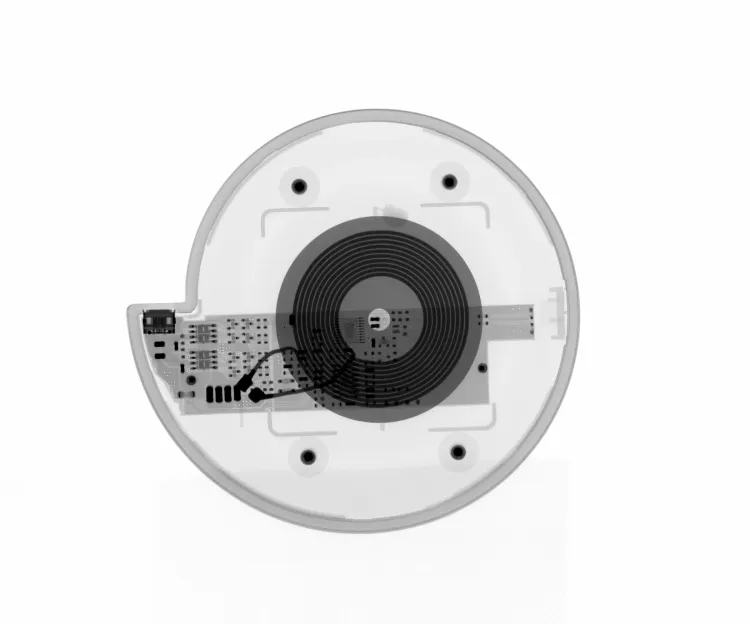
Radiographic Inspection
Digital radiographic testing is an imaging method of non-destructive material testing for displaying differences in density. X-rays or gamma rays from a suitable source are used to visually display the difference in density of a component; an image appears on the radioscopy system screen. The difference in material thickness or density can be seen by the degree of blackening. The thicker or denser a component is, the less radiation can penetrate and the brighter the area appears on the X-ray image.
Scope
- Crack testing of hidden components, e.g. multilayer structures
- Volume testing e.g. blowholes in castings or CfK
- Weld seam inspection, brazed joints
- Foreign body inspection
- Material inspection
Your Advantages
- Concealed parts inspectable, not only surface methods
- Defect shape and size visible
- No direct access to the inspection area required
- Make voluminous defects such as pores, inclusions, hot cracks and weld defects visible
- Versatile and universal inspection method
- Imaging
- Live image viewing
